
1. UK Shark Fin Ban Bill Heads to House of Lords for Debate
Shark finning involves catching sharks, removing their fins, and discarding the rest of the body, causing the sharks to die from suffocation, blood loss, or predation. The high value of shark fins incentivizes finning over commercial shark fishing and unsustainably threatens shark populations.
The practice has raised concerns about its negative impact on marine ecosystems and has led to efforts to ban it in the United Kingdom.
The Shark Fins Bill seeks to ban the import and export of detached shark fins and shark fin-containing products in Great Britain, while also extending an existing prohibition on shark finning. However, it does not ban the sale of sustainably sourced shark fins or shark fin products in the UK.
The bill has already passed the House of Commons with cross-party support, and is set to be debated by the House of Lords on March 24.
Thank you for your generous gift that will help us continue the production of this weekly, free publication
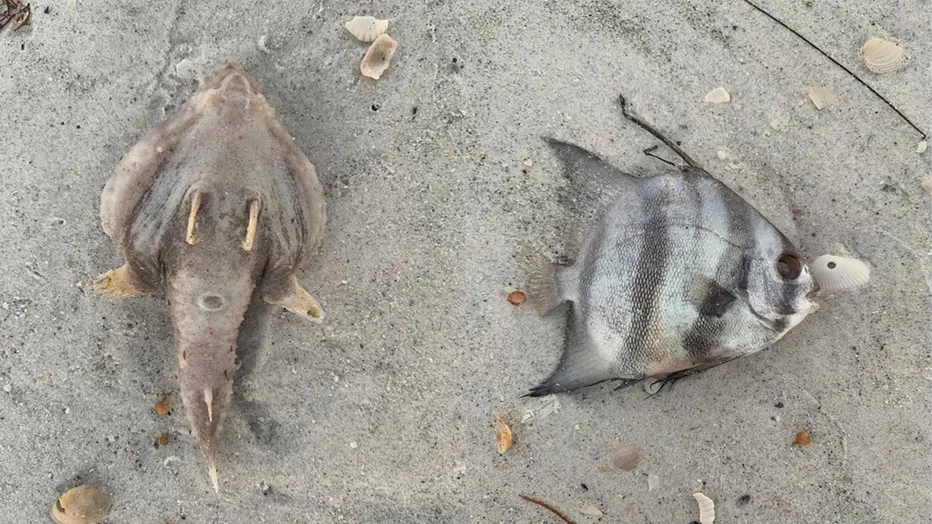
2. Toxic Red Tide in Southwest Florida Affects Marine Life, Spring Break Visitors, and Residents
Toxic red tide off the southwest coast of Florida has garnered national attention and caused widespread concern as it affects local residents, visitors, businesses, and marine life alike. The particularly severe algae bloom has resulted in beach closures, event cancellations, and reports of eye, skin, and lung irritation, affecting all of the state’s southwest coastal counties.
Red tide has also significantly impacted marine life, including fish, birds, eels, sea turtles, and manatees. Workers have removed two tons of ocean debris, mostly dead fish, from Pinellas County beaches alone.
Scientists believe that pollution from fertilizer and sewage has worsened the red tide, which has been observed in the area since November 2020. Despite a surge in visitors for spring break, the Florida Fish and Wildlife Conservation Commission has advised people to avoid swimming in or near the affected waters.
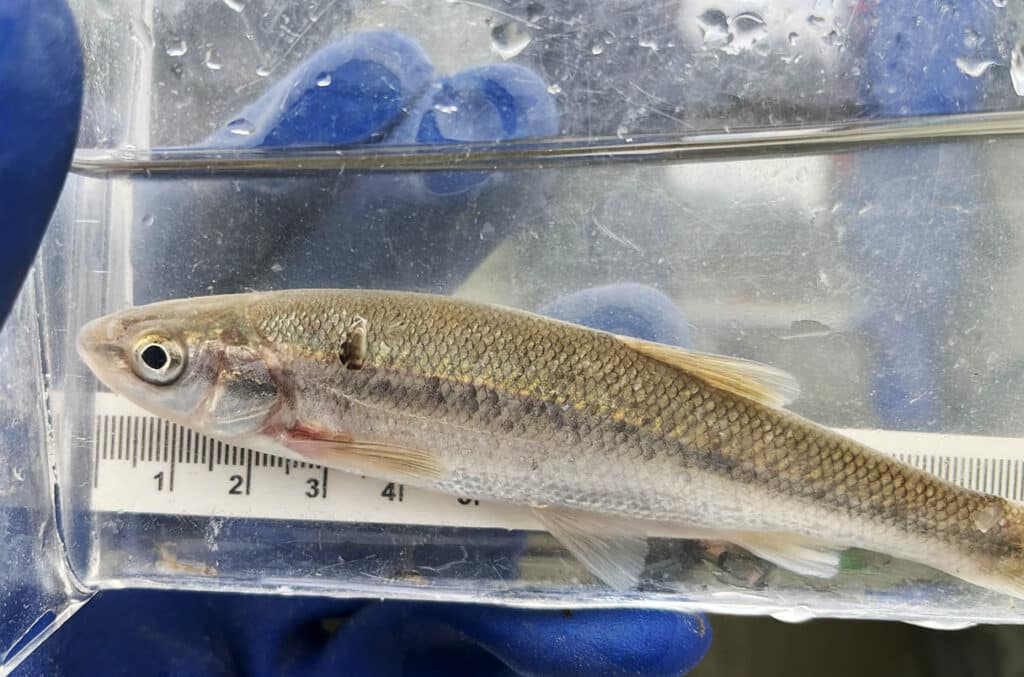
3. Invasive Zebra Mussels Attaching to Fish, Raising Concerns for Waterways
Zebra mussels are a highly invasive species that have caused billions of dollars of damage to North American aquatic industries. These small mollusks, originally from Russia and Ukraine, have spread all around the world and are typically carried in ballast water used to stabilize boats.
Now, researchers in Canada have discovered a new way these mussels invade — by hitchhiking on fish. They found a zebra mussel attached to a lake chub, a species of minnow, using protein fibers called byssal threads to attach itself to the fish.
The discovery is particularly concerning because fish are highly mobile organisms and often used as bait, which means they can easily be carried from one body of water to another. This poses a significant risk of spreading zebra mussels to new locations.
The discovery suggests additional vigilance may be necessary to slow the spread of zebra mussels.
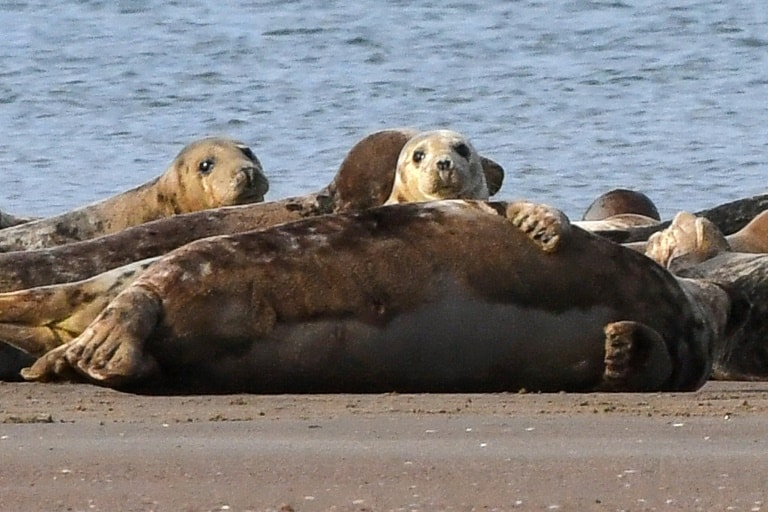
4. Pollution and Climate Change Endanger Seals in Scotland’s Shetland Islands
Seals in Scotland’s Shetland Islands are suffering from pollution-related illnesses. Many seals rescued by a local sanctuary were found emaciated from ingesting microplastics and chemicals in contaminated seawater.
Climate change has led to an increase in hazardous chemicals being washed into water bodies and sewers, including polychlorinated biphenyls (PCBs). PCBs enter the marine environment through industrial activities and waste, and they accumulate in shellfish and fish. When seals eat these contaminated creatures, the PCBs weaken their immune systems, leaving them more susceptible to infections and illnesses.
Additionally, the sanctuary has seen more cases of entanglement wounds caused by plastic straps and fishing nets.
Although the sanctuary owners have established a network of trained volunteers to help them rescue seals and otters, they warn that the pollution is making it harder to keep these marine animals alive.

5. Egypt’s Nile River Delta Under Threat Due to Heavy Metal Pollution
The Nile River Delta is at risk of disappearing, according to a study by Egyptian and American scientists. The delta is under threat due to heavy metal pollution, coastal erosion, and seawater intrusion, and its biodiversity, including migrating birds, is also at risk.
The scientists found that heavy metal pollution is particularly severe, with cadmium, nickel, chromium, copper, lead, and zinc contaminating sediment in the delta. The pollution is primarily caused by untreated agricultural drainage, municipal waste, and industrial wastewater.
This discovery could have dire consequences for the 60 million people in Egypt who depend on the delta’s resources for their livelihoods. While the contamination is irreversible, science-based conservation measures could restore the ecosystem to relatively healthy levels.
The study calls for more research on the environmental impacts of untreated water recycling and upstream damming of the Nile.
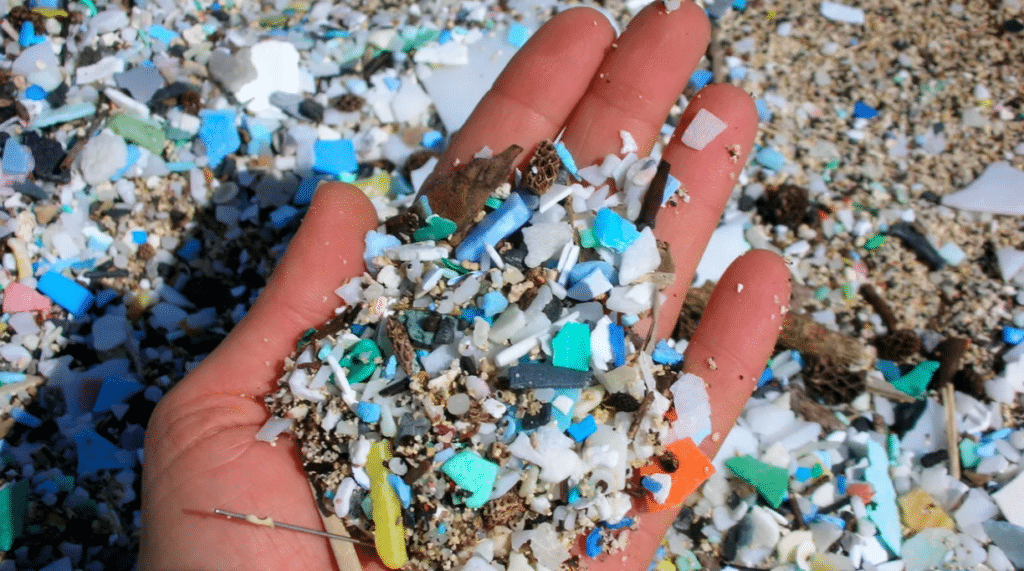
6. Over 170 Trillion Plastic Particles in World’s Oceans
A newly released study, published in the science journal PLOS ONE, has revealed that the average number of plastic particles in the world’s oceans may have surpassed 170 trillion as of 2019. The study’s co-authors used previously published and new data, including 11,777 samples of floating ocean plastics, to create a global time series that estimates the average counts and mass of microplastics in the ocean surface layer.
The alarming rate of increase in plastics highlights the urgent need to prevent plastic from entering aquatic environments. Read more to learn about the study’s projection of the amount of plastic that will enter the oceans in the decades ahead if nothing is changed and to understand the need for international agreements that promote the responsible management of plastic throughout its full life cycle to combat plastic pollution.
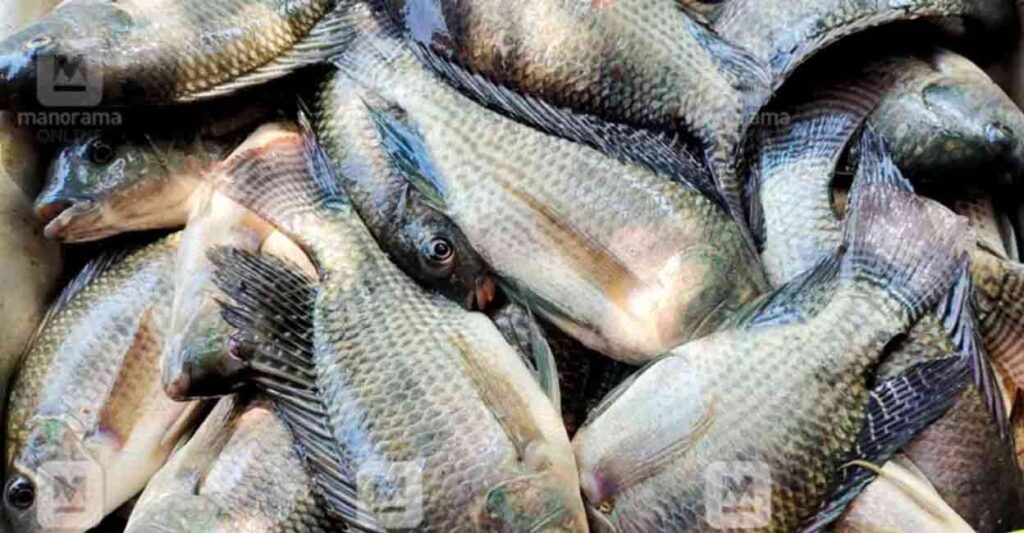
7. India Records 1.32 Tons of Carbon Emission per Ton of Fish Produced, Less Than Global Average
A research study by ICAR-Central Marine Fisheries Research Institute (CMFRI) has found that India’s fisheries emit 1.32 tons of carbon dioxide (CO2) to produce 1 ton of fish, which is less than the global average of more than 2 tons of CO2 per ton of fish. The study is part of a project assessing the impact of climate change on agriculture and developing climate-resilient technologies.
Changes in marine ecosystems, such as the depletion of certain fish and the emergence of other species, have been attributed to the increased intensity of cyclones, sea level rise, and warming of the Indian Ocean. Given the disruption in the fish value chain caused by the climate crisis, CMFRI proposed developing climate-smart value chain critical points, policy advisories for seafood marketing, and a consumer education kit for emerging species.

8. ExxonMobil Cuts Bait on Exploration Rights for B.C. Coast
Fossil fuel giant ExxonMobil has announced its decision to relinquish its long-standing oil and gas exploration permits, which pose a significant threat to sensitive marine ecosystems on the B.C. coast. The move is being hailed as a positive step by environmental groups, who are currently waging a lawsuit against the federal government over historical “sleeper” permits that have exposed B.C. waters — and marine protected areas, in particular — to the environmental risks associated with exploratory drilling.
Shell Canada also voluntarily surrendered its exploration rights for vast stretches of the B.C. coast, including a third of the Scott Islands marine protected area, shortly after the conservation area was established in 2018. However, most of the remaining sleeper permits in ecologically sensitive areas are held by Chevron Canada.
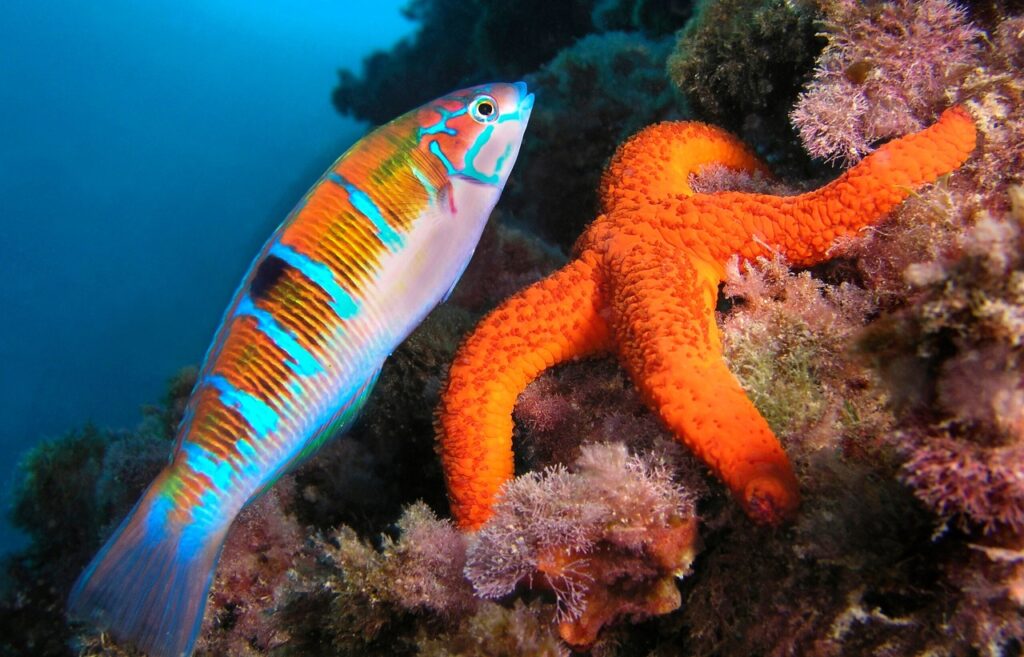
9. Sea Temperatures Drive the Distribution of European Fish
A University of Bristol study examined how environmental variations influence the distribution of marine species from southern Portugal to northern Norway. Through collecting 31,502 samples from 2005-2018 and analyzing 198 marine fish from 23 surveys, researchers discovered that sea temperature is a critical component in how fish communities assemble, with salinity and water depth also contributing to the process. By combining their data on current marine fish distribution with future climate projections, they can estimate how fish will respond to climate change.
The study indicates that while global warming has led to shifts in communities across the region, the largest change will occur at locations with the highest warming temperatures. Co-author Stephen Simpson, a marine biologist and fish ecologist, suggests this change will affect commercial fisheries across the region as well. Understanding the effects of temperature will be crucial in managing these changes.
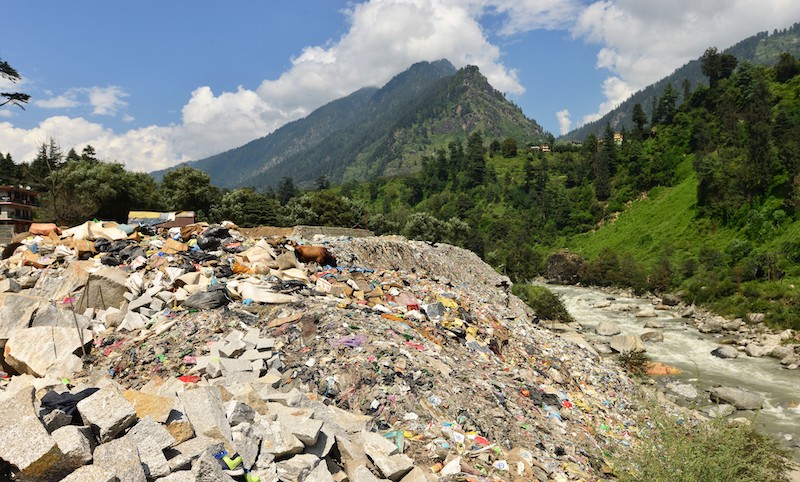
10. Plastic Pollution: A Big Threat to Himalayan Rivers
Twenty years ago, the Himalayan Rivers were known for their fresh, drinkable water. This included the Beas, a sacred river in Himachal Pradesh located near the towns of Manali and Kullu. Today, these northern Indian tourist destinations have attracted an influx of international visitors.
However, the Beas has recently become a dumping ground for waste, with shopping bags and single-use plastics littering its banks. This has caused the health of the river to decline and is damaging the ecosystem. Rainbow trout, a key species in the Beas, are particularly at risk due to plastic waste. Chemicals that are released from these plastics are threatening the river’s marine species.
Some members of the public have called for the Beas to be declared a heritage river, and for stricter action to be taken against industries, residents, and tourists who dump waste in the river.

11. President Biden Proposes Increases in BOEM Budget Through Clean Energy Initiatives
The U.S. President’s Budget for Fiscal Year 2024 provides $268.2 million in total budget authority to fund the Bureau of Ocean Energy Management’s mission to manage the nation’s offshore energy and mineral resources in an environmentally and economically responsible manner.
The funding would specifically bolster environmental programs ($92.8 million), advance renewable energy ($64.5 million), continue to support conventional energy ($72.3 million), ensure the responsible management of marine minerals ($16.4 million), and provide executive leadership of the BOEM ($22.3 million).
.
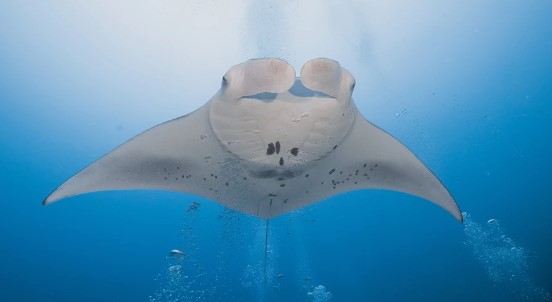
12. UN High Seas Treaty: Looking at the Potential Implications on Ships
Now that the United Nations High Seas Treaty text has been agreed upon as of March 4, the focus will shift toward the ratification and implementation of the treaty by member states.
Individual countries will now ratify the treaty through their domestic legislative processes, and the treaty shall enter into force once a minimum of 60 countries have completed this process.
We at Sea Save Foundation have closely covered the UN High Seas Treaty in recent newsletters.
An article from Hellenic Shipping News shows that the shipping industry is closely following the treaty’s progress. Under the treaty’s terms, ships will be required to adhere to stricter regulations when operating on the high seas. These regulations include provisions to prevent overfishing and protect marine biodiversity.
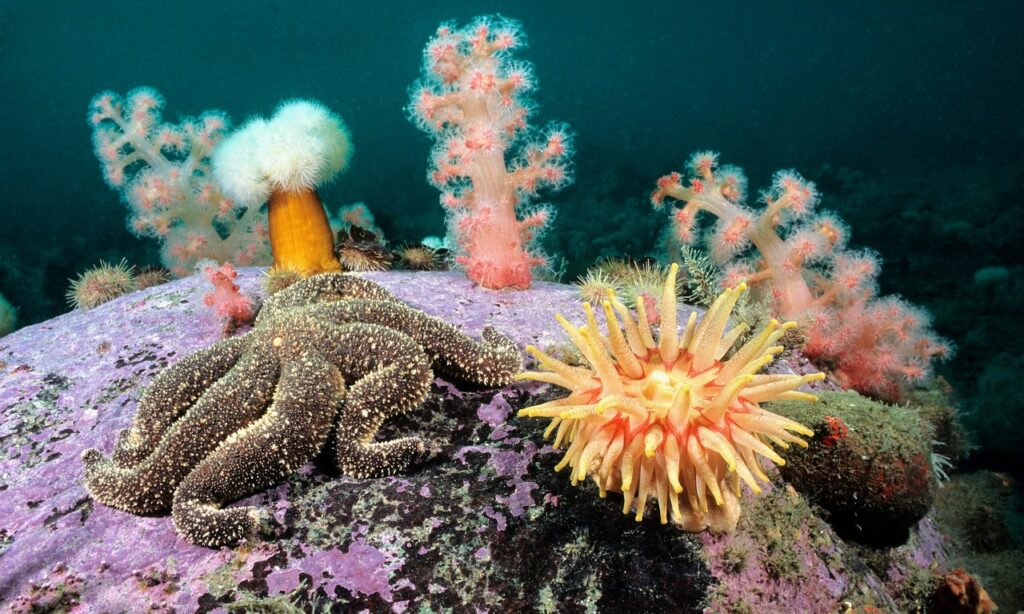
13. Global Warming Is Threatening Cold Water Corals in Canada
Off Vancouver Island, underground mountains rise from the depths of the Pacific Ocean. These remnant volcanoes are home to a phenomenal diversity of ecosystems, says Robert Rangeley, scientific director of Oceans Canada.
There are huge forests of various coral species, glass sponges, false stars, polyps, and tons of fish. However, cold-water corals are vulnerable to changes in environmental conditions. Deep-sea organisms live in stable environments where total darkness and day/night variations in temperature are virtually absent.
In the North Pacific, temperatures have increased by about two degrees Celsius at the surface, and by one degree Celsius at an altitude of 300 meters compared to the period 1981-2010, as found in a 2021 study.
Ottawa has pledged to create a marine protected area off Vancouver Island. The area would protect against mining and fishing, but it will not curb ocean acidification or warming.

14. PhD Student Leads Efforts to Restore Degraded Coral Reef in Kenya
A coral reef in southeast Kenya has degraded due to unsustainable fishing and climate change. Wageningen University PhD student Joshua Wambugu is investigating how the local community and other stakeholders can contribute to restoring the reef and finding a sustainable livelihood.
Wambugu is studying how artificial reef restoration, sustainable fisheries, and tourism practices can contribute to the ecosystem while examining the involvement of different stakeholders. The majority of the people in the local community depend on fishing and tourism, so Wambugu is exploring alternative sources of income like aquaculture and seaweed farming.
While the future remains problematic due to coral bleaching caused by climate change, restoring the reefs can bring back fishing zones with spillover effects and tourist diving sites. The ultimate goal is to improve coral reef conservation while empowering the local community toward a sustainable future.

15. Kenyan Coastal Villagers Sell Carbon Credits to Promote Mangrove Conservation and Community Development
Villagers in Kenya’s coastal region are selling carbon credits to international corporations as an incentive for carbon emission reduction. They are part of Mikoko Pamoja, an initiative that promotes the conservation and sustainable use of mangroves to mitigate climate change, conserve biodiversity, and enhance community livelihood.
Mangroves are essential for both human and marine life as they provide nursery habitats, act as a buffer between land and sea, protect water quality, and serve as high-quality carbon sinks.
The organization Plan Vivo has validated Mikoko Pamoja to sell at least 3,000 metric tons of carbon dioxide equivalent per year from 2013 to 2033, which is expected to generate about $130,000 annually.
The revenue is being reinvested in the community for building schools and hospitals. Mikoko Pamoja is the world’s first-ever blue carbon initiative that sells carbon credits from mangrove conservation activities for community development.
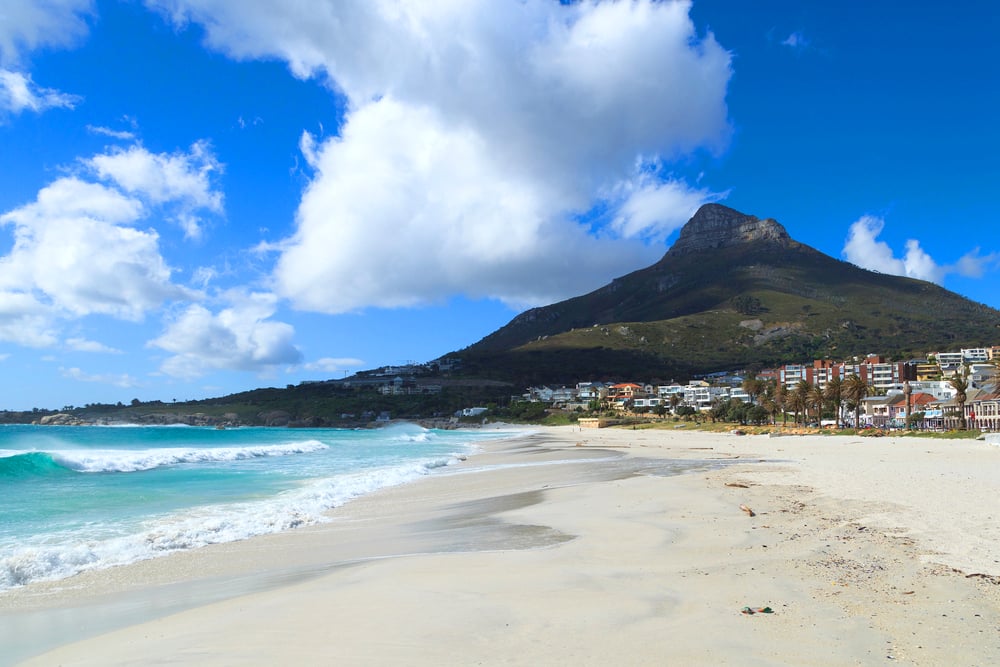
16. Campaigners Demand Action to End Sewage Contamination Threatening Cape Town’s Blue Flag Beaches
Pressure is mounting on the city of Cape Town, South Africa to deal with raw sewage pollution along the Atlantic seaboard, and in lagoons and rivers. A meeting in Camps Bay heard from experts and environmental activists that the sewage crisis in the city poses serious health, economic, and environmental risks.
The Camps Bay and Clifton 4 beaches have Blue Flag status but have been plagued by sewage leaks since last year, leading to temporary closures. The Department of Forestry, Fisheries, and the Environment granted the city permission to continue pumping sewage into the ocean for the next five years.
This decision outraged residents and activists and sparked threats of legal action.
Civil engineer and filmmaker Mark Jennings called on the city to explore building a wastewater treatment plant as a solution for treating the effluent being pumped into the ocean.
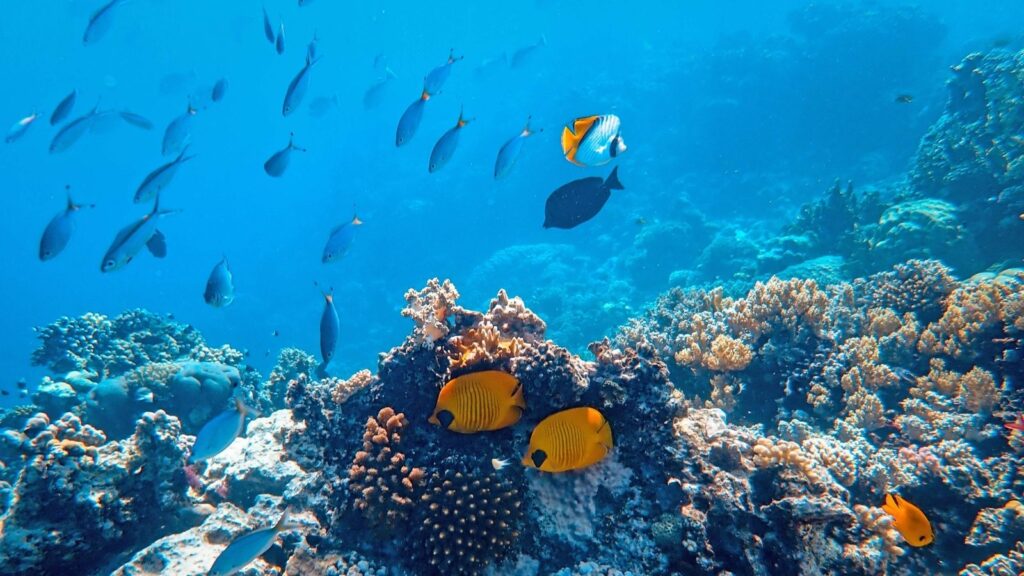
17. Bridging Political Divides: Uniting Science and Diplomacy to Combat Climate Change’s Impact on Oceans
Climate change is creating a marine conservation emergency, and the first signs of this can be seen in the intricately linked oceans. Take, for example, the South China Sea, which is a third larger than the Mediterranean. Both of these distinctive regions have commonalities, including strategic waterways, centers of political turbulence, and biodiversity hotspots.
However, both are degrading at an alarming rate due to climate change and rapid socio-economic development.
Against this backdrop, science and diplomacy have come together to address the threats to marine life and coral reefs that draw these two regions together. With coral reefs and livelihoods in coastal communities in decline, more countries are creating marine protected areas to counteract these trends.
Marine sanctuaries have been proven to increase biodiversity, enhance the biomass of fished species, and save coral reefs.

18. Israeli National Parks and Nature Reserves Attract Over 140,000 Visitors for Educational Activities
On March 11, approximately 140,000 travelers visited national parks and nature reserves in Israel, according to the Israel Nature and Parks Authority. The parks organized various educational activities to help guests learn more about the flora and fauna in their care.
At Yam Ataf Nature Reserve, marine inspectors had the opportunity to make new friends beneath the waves when they encountered a pod of dolphins during an inspection tour.
“The common dolphin is an endangered species in the Mediterranean Sea,” said Avitar Ben Avi, one of the inspectors. “Israel’s coasts have been identified as significant for the conservation of common dolphins by the International Union for Conservation of Nature. I am delighted to have been able to document some of them.”
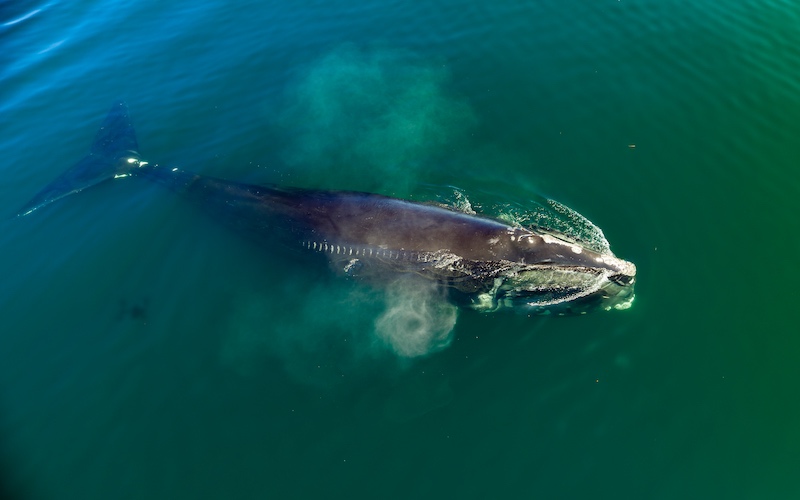
19. Speeding Boats, Fishing Gear the Leading Causes of North Atlantic Right Whale Deaths, According to Conservation Experts
An ocean conservation group is urging federal authorities to enforce boat speed limits along the Atlantic coast and issue stronger protections to prevent further deaths of North Atlantic right whales.
On March 9, Oceana released an analysis revealing that hundreds of boats had violated mandatory and voluntary slow zones meant to protect the critically endangered species in the Virginia Beach area in the weeks leading up to a North Atlantic right whale death. The National Oceanic and Atmospheric Administration (NOAA) identified blunt force traumatic injuries as the cause of death.
Conservation scientists report that there are only 340 right whales left in the world today, a number that has decreased by 25% over the past decade.
While NOAA has proposed new boat speed regulations to protect North Atlantic right whales, these safegublunt-forceards are still under review. Final decisions are not expected until later this year.

20. Oil Spill in the Philippines Affects Almost 100,000 People, Threatens Marine Habitats
On March 1, the MT Princess Empress sank off the coast of the Philippines’ Oriental Mindoro province carrying 800,000 liters of industrial oil. Approximately 20,000 families, or 99,000 people, have been affected.
At least 122 people have reportedly suffered from respiratory illnesses, nausea, vomiting, and diarrhea due to the spill. Oceana warned that shifting sea currents had brought some of the oil north to near Verde Island Passage, one of the world’s most biodiverse marine habitats, home to thousands of species.
Oceana noted that mangroves, which were severely affected by the oil spill, would take at least 10 to 15 years to reach maturity, making recovery a challenging process.
“It’s a nightmare,” Gloria Ramos, vice president of Oceana Philippines, said. “It affects everything, livelihood, marine ecosystems, and capacity of resources because it kills everything. There are also health impacts on the people.”

21. UAE Agencies Collaborate to Plant Mangroves, Aim to Mitigate Climate Effects
The Environment Agency – Abu Dhabi (EAD) and the British Embassy Abu Dhabi have planted 70 mangrove saplings on Jubail Mangrove Island as part of the Abu Dhabi Mangrove Initiative. The initiative was inspired by the Queen’s Green Canopy Project. To help make this possible, Emirati and British students helped plant the mangroves as part of a youth outreach program.
This initiative aims to develop innovative mangrove planting solutions, mitigate the effects of climate change, and raise awareness of the importance of mangroves and the need to restore them. Jubail Island has committed to planting one million mangroves over the next ten years, and EAD has already planted over 15 million mangroves along Abu Dhabi’s coastline.
This is consistent with the UAE’s goal of planting 100 million mangroves by 2030 to achieve Net Zero by 2050.

22. £66,000 Raised for Seahorse Population Protection
As part of the Studland Bay Marine Partnership, a conservation group in Dorset, United Kingdom that aims to protect and preserve the seascape, several environmental groups worked together for a fundraising effort. They raised £66,000 to enable the installation of 22 eco-moorings with an overall target of installing up to 87 across the bay area.
Seagrass is an important habitat for seahorses, as well as other aquatic species like undulate rays and bass. It also plays an important role in carbon reduction, storing twice as much carbon per hectare as terrestrial forests. The installation of eco-moorings will provide a more sustainable alternative to anchoring, which damages the seabed by uprooting seagrass.
“We are thrilled to have reached this milestone. These vital funds will enable further protection for the precious seahorse population at Studland Bay,” said Neil Garrick-Maidment, founder and executive director of the charity.
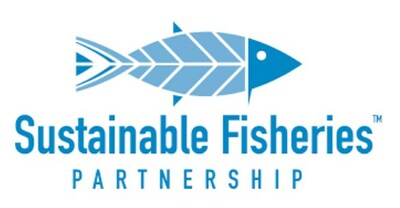
23. World’s Leading Seafood Company Commits to Protecting Endangered Species
Thai Union is well-known for its top-selling tuna brands, such as Chicken of the Sea and John West. On March 14, the company set new expectations for the seafood industry by announcing that it will only source from vessels that use best practices to protect ocean wildlife from bycatch.
“Environmental organizations are pointing to the biodiversity and species loss crisis that the planet is facing,” said Adam Brennan, group director of sustainability at Thai Union. “The report by SFP [Sustainable Fisheries Partnership] notes the significant loss of ETP [endangered, threatened and protected] species in the Western Central Pacific Ocean region.”
Thai Union has committed to implementing practices that protect ETP species on all its vessels by 2030. The company also plans to fulfill its existing commitment of 100 percent observer coverage on tuna vessels through direct work with its suppliers and service providers by 2025.

24. U.S. Urged to Tighten Data Standards for Aquarium Fish Imports, Millions of Ornamental Fish Imported Each Year Without Species Data Disclosures
The Center for Biological Diversity is urging the U.S. Fish and Wildlife Service to require and report species-level data for all ornamental fish brought into the country for the aquarium trade.
A letter dated March 14 notes that maintaining and disclosing reliable species information from the national database would aid conservation measures for fish threatened by overexploitation.
Over 387 million ornamental fish were imported for the U.S. aquarium trade without any disclosure of the species’ names over a recent six-year period, based on the Law Enforcement Management Information System database.
“U.S. consumers may be unwittingly contributing to the extinction crisis by snagging beautiful but highly imperiled fish for their tanks at home,” scientist Dianne DuBois said. “Without this information, we’re burying our heads in the sand rather than taking the initiative to eliminate the United States’ role in the extinction crisis.”

25. Scientists Say More Research Is Needed About the Tiger Shark in South Atlantic Waters
The tiger shark (Galeocerdo cuvier) is one the most recognizable of the shark species, but even it has a few secrets of its own. Turns out almost nothing is known about the tiger shark in South Atlantic waters!
So what can be done? According to researcher Natasha Wosnick, while it is important for data to be generated for the South Atlantic, it is necessary that local researchers take charge. It must be emphasized that it is important to have researchers from countries with more resources study data-poor regions.
Wosnick believes it is also important that such partnerships benefit the country, not only through scientific papers or TV shows, but also in the form of professional training, local community engagement, and, most importantly, technical reports that can be directed to local governments on how to improve species conservation.




